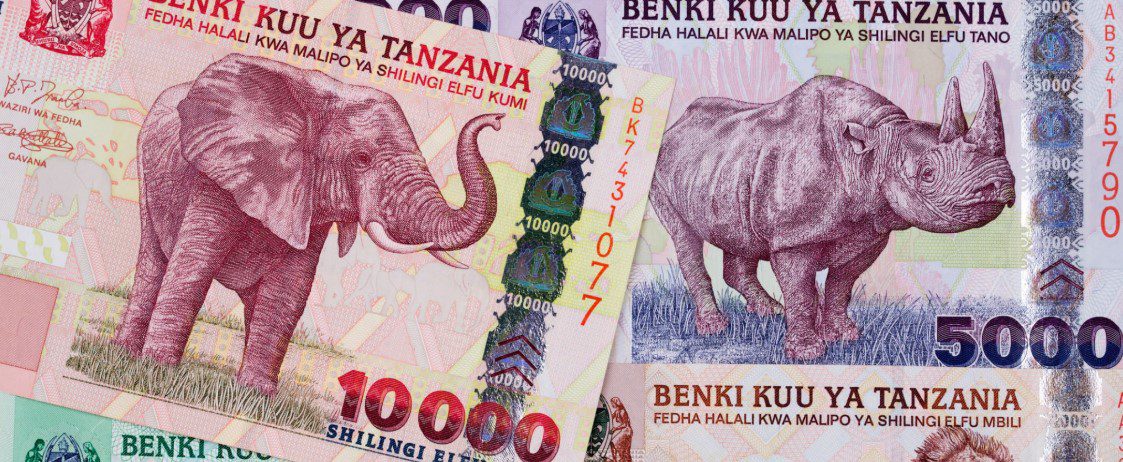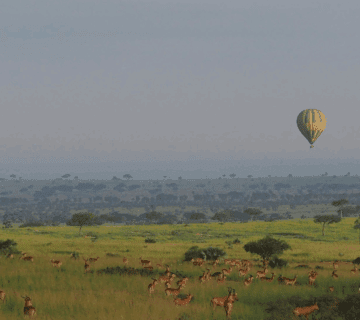What Currency is Used in Tanzania? A Guide for Travelers and Adventurers
Tanzania, a land of awe-inspiring wildlife, breathtaking landscapes, and vibrant cultures, draws travelers from all over the world to explore its rich treasures. From the savannahs of the Serengeti to the idyllic beaches of Zanzibar, every corner of this East African gem offers something truly special. If you’re planning a trip to Tanzania, understanding the local currency is an essential part of your journey. Not only does it help with budgeting, but it also ensures a smooth and enjoyable experience as you explore this beautiful country. So, what currency is used in Tanzania, and how can you navigate its financial landscape? Let’s dive in.
The Tanzanian Shilling: The Heart of Tanzania’s Economy
The official currency of Tanzania is the Tanzanian Shilling, abbreviated as TZS. The shilling is a trusted and widely accepted form of exchange in the country. It has been the currency of Tanzania since 1966, when it replaced the East African shilling after the country gained independence and established its own monetary system.
As you venture through Tanzania, you’ll find the Tanzanian Shilling being used in all transactions, from buying local handicrafts at a market to paying for a safari tour or a meal at a restaurant. Whether you’re in bustling Dar es Salaam or the serene landscapes of Ngorongoro Crater, the Tanzanian Shilling will be your go-to currency.
Coins and Banknotes: What You’ll Encounter
The Tanzanian Shilling comes in both coins and banknotes. Coins are commonly found in denominations of 1, 5, 10, 20, and 100 shillings, though the 1 and 5-shilling coins are often less used in everyday transactions due to their small value.
The banknotes come in a wider range of denominations, including 1,000, 2,000, 5,000, and 10,000 shillings. These bills feature notable figures from Tanzania’s history, such as Julius Nyerere, the country’s first president, and beautiful depictions of local wildlife and landmarks. The most commonly used banknotes are the 1,000, 5,000, and 10,000 shilling bills.
While larger denominations are often used for more significant purchases, don’t be surprised if you receive a mix of smaller and larger bills when making everyday transactions. It’s always good to have a variety of denominations on hand for convenience.
Currency Exchange in Tanzania
When traveling to Tanzania, it’s important to exchange your home currency into Tanzanian Shillings. While it’s possible to exchange money at banks, currency exchange offices, or even at the airport, it’s usually advisable to compare rates and choose the most favorable option. Banks typically offer a reliable exchange rate, though the process may take longer than a currency exchange office.
Currency exchange services are commonly available in tourist hotspots like Dar es Salaam, Arusha, and Zanzibar, making it easy for visitors to swap foreign currency for Tanzanian Shillings. Additionally, many larger hotels and tour operators can assist with currency exchange, though the rates they offer might not be as competitive as those found at specialized currency exchange locations.
ATMs are another convenient option, especially in urban areas, and they often accept international bank cards. However, before relying on this method, make sure your bank card is compatible with Tanzanian ATM systems and that your bank has notified you about any foreign transaction fees.
US Dollars and Other Foreign Currencies: Accepted but with Caution
While the Tanzanian Shilling is the primary currency used in the country, the US Dollar (USD) is widely accepted in many tourist-centric areas, including hotels, safaris, and international travel services. However, it’s important to note that when using USD, only bills issued after 2006 are accepted, and older bills may not be accepted at all. In addition, the exchange rate for USD to Tanzanian Shilling might not be as favorable as exchanging currency directly into shillings.
In some cases, other major currencies such as the Euro or British Pound may also be accepted, but this varies depending on the establishment. It’s always best to inquire beforehand whether a particular business accepts foreign currencies.
Despite the convenience of using foreign currency in certain areas, it’s still a good idea to carry Tanzanian Shillings for everyday transactions, especially if you’re venturing outside major tourist destinations. Local markets, smaller shops, and rural areas are unlikely to accept USD or other foreign currencies.
Credit and Debit Cards: Convenient, but with Limitations
In major cities and tourist areas, credit and debit cards are becoming increasingly common. Hotels, upscale restaurants, and tour operators typically accept cards, particularly Visa and MasterCard. However, don’t rely solely on cards when traveling through Tanzania, especially if you’re planning to visit more remote regions.
In smaller towns and villages, card payments are rare, and most transactions will need to be conducted in cash. Additionally, some businesses may charge a small fee for card payments, so it’s always good to check beforehand.
It’s advisable to inform your bank before traveling to Tanzania to ensure your card will work internationally and to avoid any issues with security. Keep in mind that some ATMs in Tanzania may have a withdrawal limit or may charge additional fees for international cards.
Tips for Managing Currency During Your Trip
Carry Small Amounts of Cash: While credit cards are accepted in many tourist areas, carrying small amounts of Tanzanian Shillings is crucial for purchasing everyday items, such as snacks, local souvenirs, or taxi rides.
Use ATMs Wisely: ATMs are widely available in cities, but they may charge international withdrawal fees. Consider withdrawing larger sums at once to minimize transaction fees, especially if you’re planning to travel to more remote areas.
Keep Some US Dollars on Hand: In major tourist spots, having US Dollars as a backup currency can be helpful, but remember to only carry notes issued after 2006. Ensure you exchange any remaining foreign currency before leaving the country.
Understand the Exchange Rates: Exchange rates can fluctuate, so it’s essential to stay informed about the current rate. Use online currency converters or check with local banks or exchange offices for the latest information.
Keep Small Change for Tips: Tipping is common in Tanzania, especially in the tourism industry. It’s a good practice to have small denominations of Tanzanian Shillings on hand for tips for drivers, guides, hotel staff, and restaurant workers.
Conclusion: Embracing Tanzania’s Currency
Understanding the currency used in Tanzania is not just about having the right bills or coins in your wallet; it’s about embracing the country’s culture and economy. The Tanzanian Shilling, while modest in its appearance, is at the heart of the nation’s daily life. Whether you’re bargaining at a bustling market in Zanzibar or paying for a safari adventure in Serengeti, the Tanzanian Shilling ensures that you engage fully with the local community.





